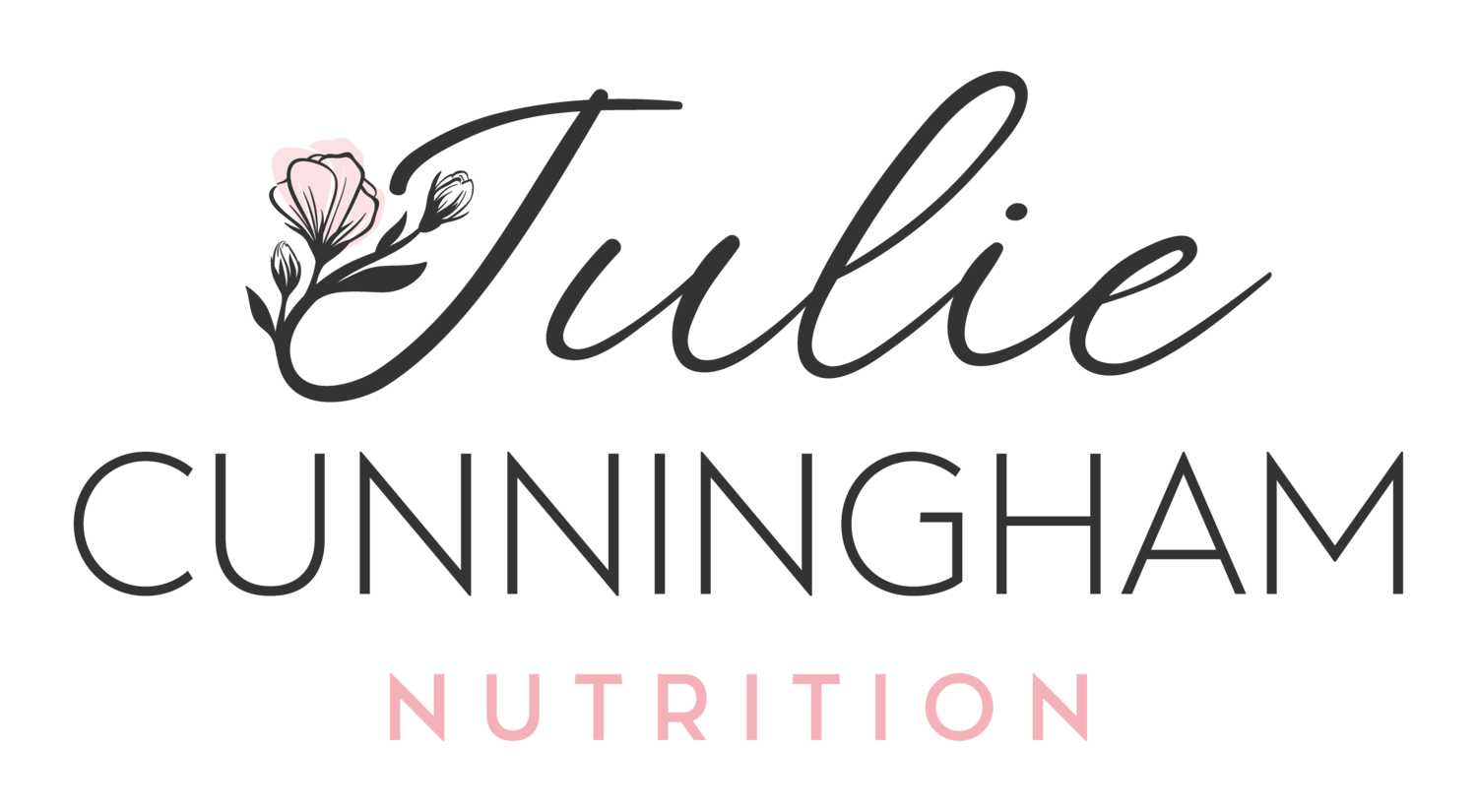Use the Plate Method to Help You Portion Food when You Live with Type 2 Diabetes
Have you ever heard of the plate method? It's one of the simplest ways to portion out your food without needing to break out a food scale or even your measuring cups. If you like to keep things simple, the plate method can help you balance your blood sugar and manage your diabetes without a lot of fuss.
What is the plate method?
The plate method helps you understand how much of each type of macronutrient you need at each meal, without measuring.
How to use the plate method for people with diabetes
To use the plate method, follow these steps:
Find a plate that measures nine inches across. That's the same size as a standard paper plate. If you have older dishes, they may be just the right size. Newer dishes sometimes measure as much as twelve inches in diameter. That's no good — if you put a reasonable amount of food on a very large plate, the plate looks empty. You'll probably feel like you're not getting enough to eat because your eyes will tell you that your plate is bare. So, if you have larger dinner plates at home, try using a salad plate for your meals.
Imagine a line down the center of your plate.
Divide the right-hand side of your plate in half with another imaginary line.
Your plate is now ready to help you perfect your portion sizes.
The larger (half-sized) section of your plate is where your non-starchy vegetables belong. Fill up that half your plate with these goodies from the garden as many times as you like. They won't raise your blood sugar and they will help you feel full.
The other half of your plate (the size divided into quarters) is where your protein and carbohydrate foods belong.
Eat a serving of protein about the size of a deck of cards two to three times a day.
Eat a serving of starchy (carb-containing) foods with each meal. The higher the fiber content of your carbohydrate foods, the better.
Off to the side of your plate, add a serving of fruit and a serving of milk if you like.
Each serving of starch, milk, and fruit has about 15 grams of carbohydrate, so if you use the plate method, you'll end up with about 45 grams of carbohydrate per meal. This is a reasonable amount for most people, but it's just a ballpark figure. Your personal needs may vary according to your age, gender, and activity level.
The plate method and your diabetes medications
If you take medications that have a potential side effect of low blood sugar, including insulin, pay close attention to your blood sugars. If you've been eating significantly more (or less) than 45 grams of carbohydrate per meal, your blood sugars may be very different from your normal levels, and your food or medication may need to be adjusted. A registered dietitian nutritionist who specializes in diabetes can help you with this.
Action Items:
Measure the plates you normally use at home.
If your plate is wider than nine inches across, find a smaller plate. It could be a salad plate or a paper plate. There are also divided plates made for people with diabetes.
Each time you eat a meal, use a divided plate (or your imagination) to help you perfect your portions.

